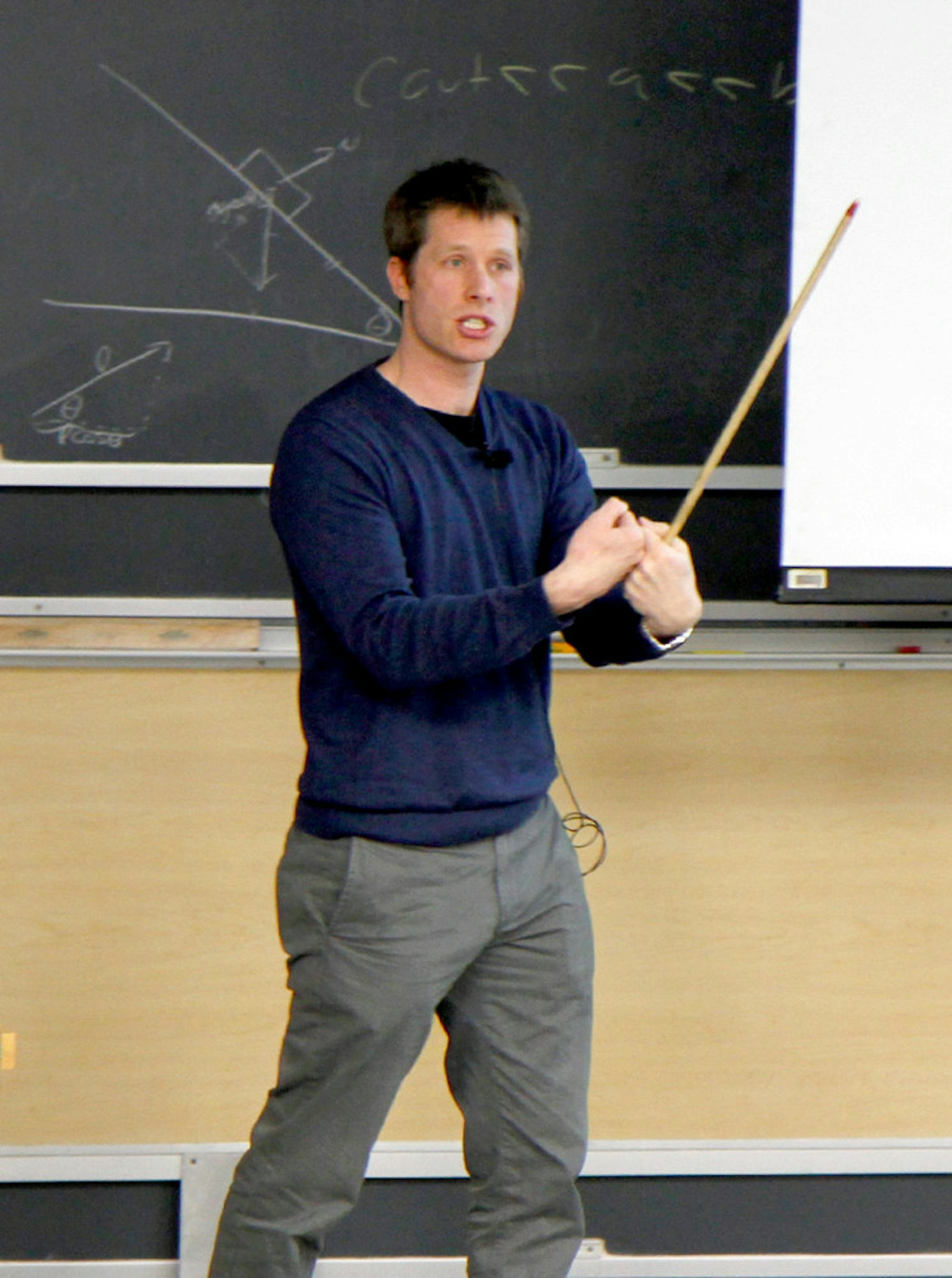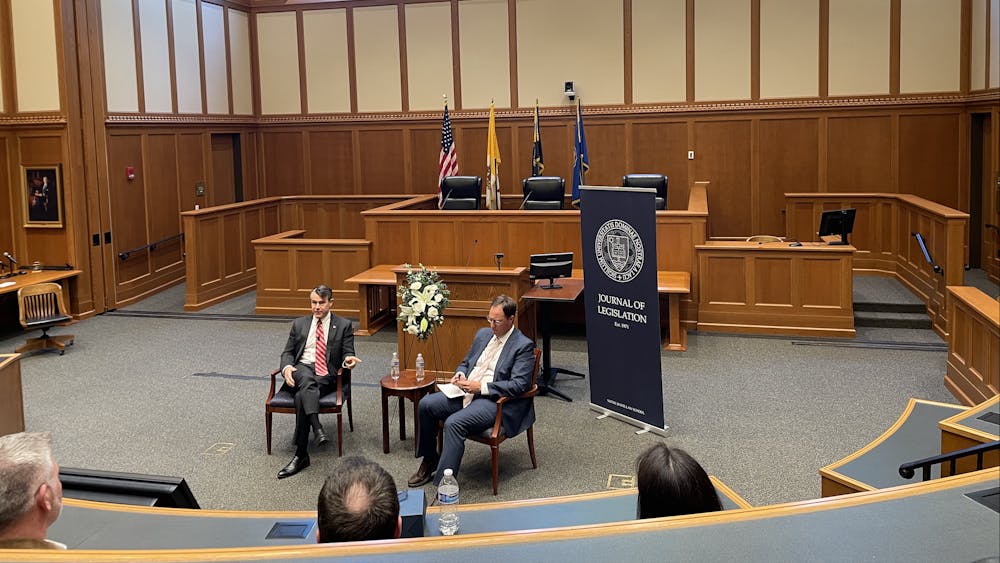Theoretical particle physicist Patrick Fox from Fermilab served as the keynote speaker for a physics department colloquium that focused on evidence for dark matter’s existence and the means by which the scientific community could learn more about its properties in the future.
“I’m a theorist in particular," Fox said. "I am beyond the standard model theorist, so my day-to-day job is to think up extensions of the standard model that experiments can look for, or if experimenters have seen things that don’t make sense, I can try to interpret it and build models that explain those observations."
Fox said the standard model remains a powerful tool that explains most natural phenomena by defining the elementary particles of matter, but it is far from perfect or all-encompassing. Although this model explains things observed at the sub-nuclear level, Fox said these particles should all be massless, a very different world from the one present.
“There’s an explanation for that problem,” he said. “There’s a particle that is responsible for giving the other particles their mass, and that is the Higgs-Boson particle. The Higgs Boson was the last piece of the Standard Model to be discovered, and with it’s discovery, all the phenomenon in the natural world could seemingly be explained.”
Even after the discovery of the Higgs-Boson particle, Fox said a lot of exciting physics remains to be done, such as research on the mysterious dark sector.
“We like to think we’re doing a good job of explaining the phenomenon that can be observed,” he said. “It turns out, once you dig into it, that we can only explain roughly 5 percent of everything.
“This other 95 percent is broken up into two categories. There’s stuff that behaves with respect to gravity just like the matter that makes up you and me, known as dark matter, and then there’s dark energy, which is very different than matter and dark matter in that it is not affected by gravity. Dark energy is what’s responsible for the expansion of the universe speeding up.”
Fox said the explanation for dark matter’s mysterious name is intuitive in comparison to the rest of the dark sector.
“Dark matter gravitates and attracts matter in the same way that you or I do, but more importantly, they don't feel the affects of photons,” he said. “Light does not reflect off them, and dark matter and photons do not interact."
Although dark matter certainly exists, Fox said modern physicists still have questions to answer.
“We know that everyone in this room is made out of matter and not antimatter, but the laws that govern the standard model are symmetric,” he said. “If you replaced everything in this room with antimatter, it would behave in exactly the same way. We don’t know why there’s only matter inside us and zero antimatter.”
The evidence for and against explanations of dark matter can be confusing, and Fox said this means it's time to start working to make the evidence more consistent.
“Dark matter is one thing we know for sure that is not explained by the standard model, but we know for sure it’s out there,” he said. “We don’t know more than that, but we have some good ideas that we are working on to try and squeeze all the information out of all the avenues of attack that we have.
“There have been a lot of recent advances both on the theoretical front and the experimental front. The coming decade will be a very exciting time for particle physics.”













